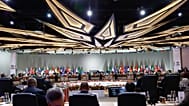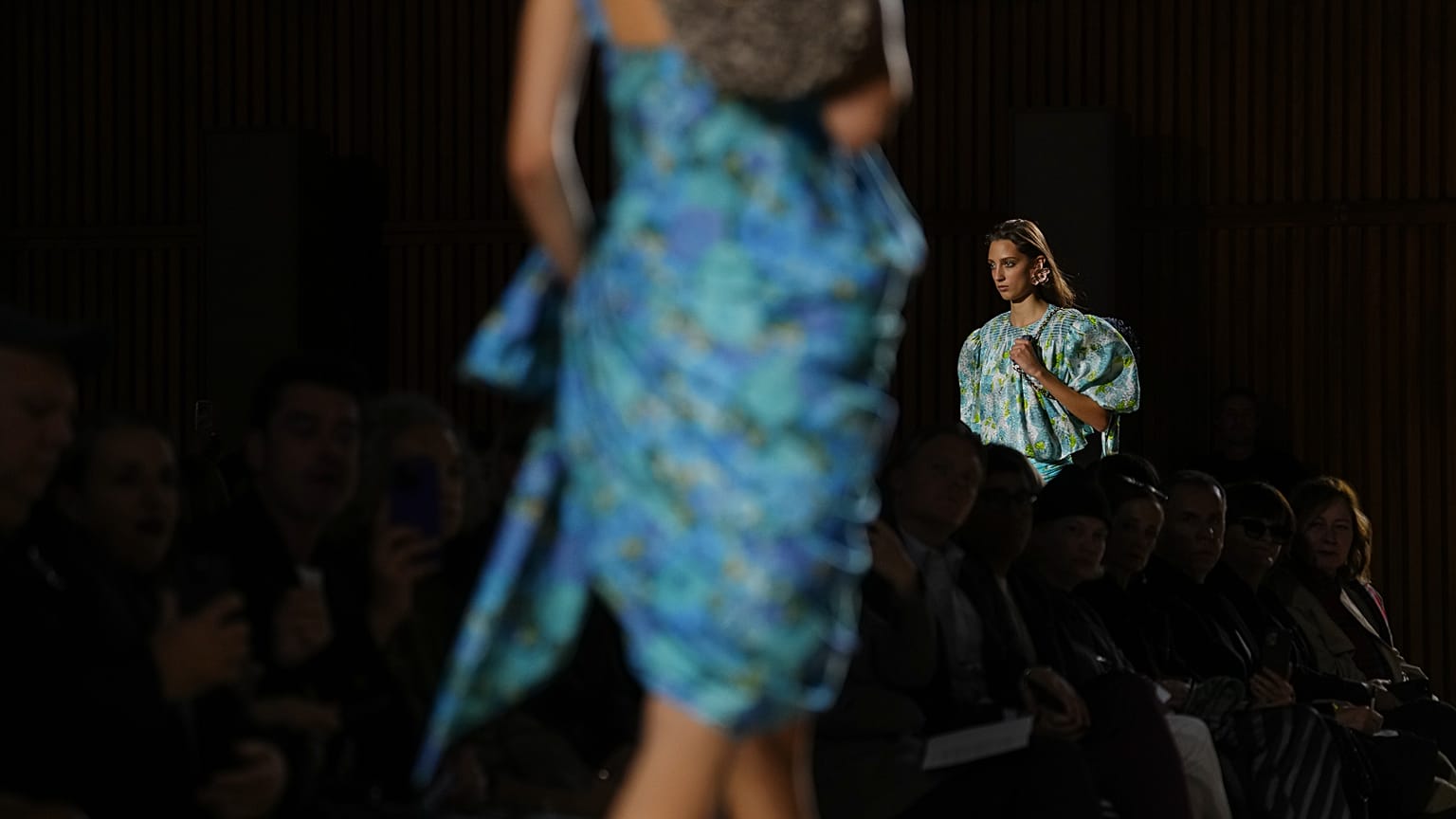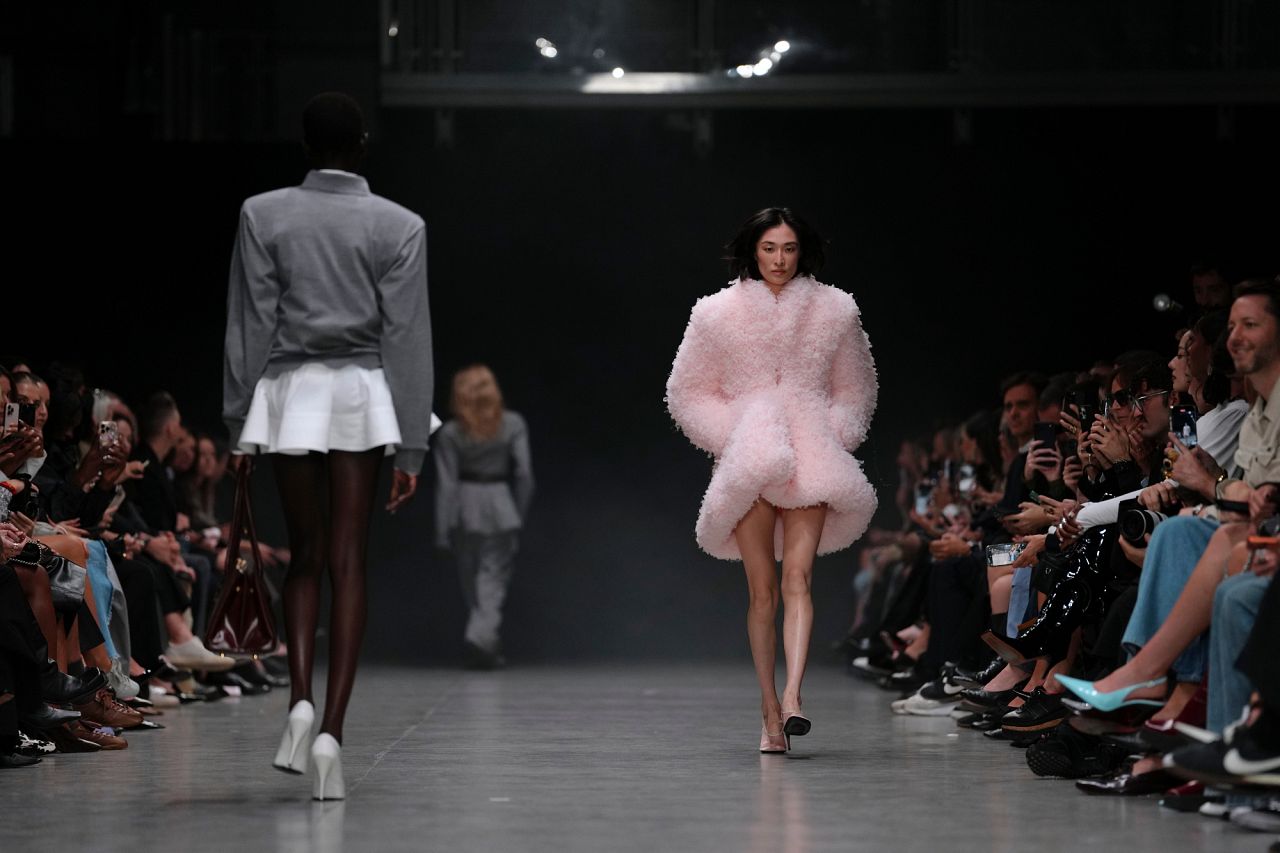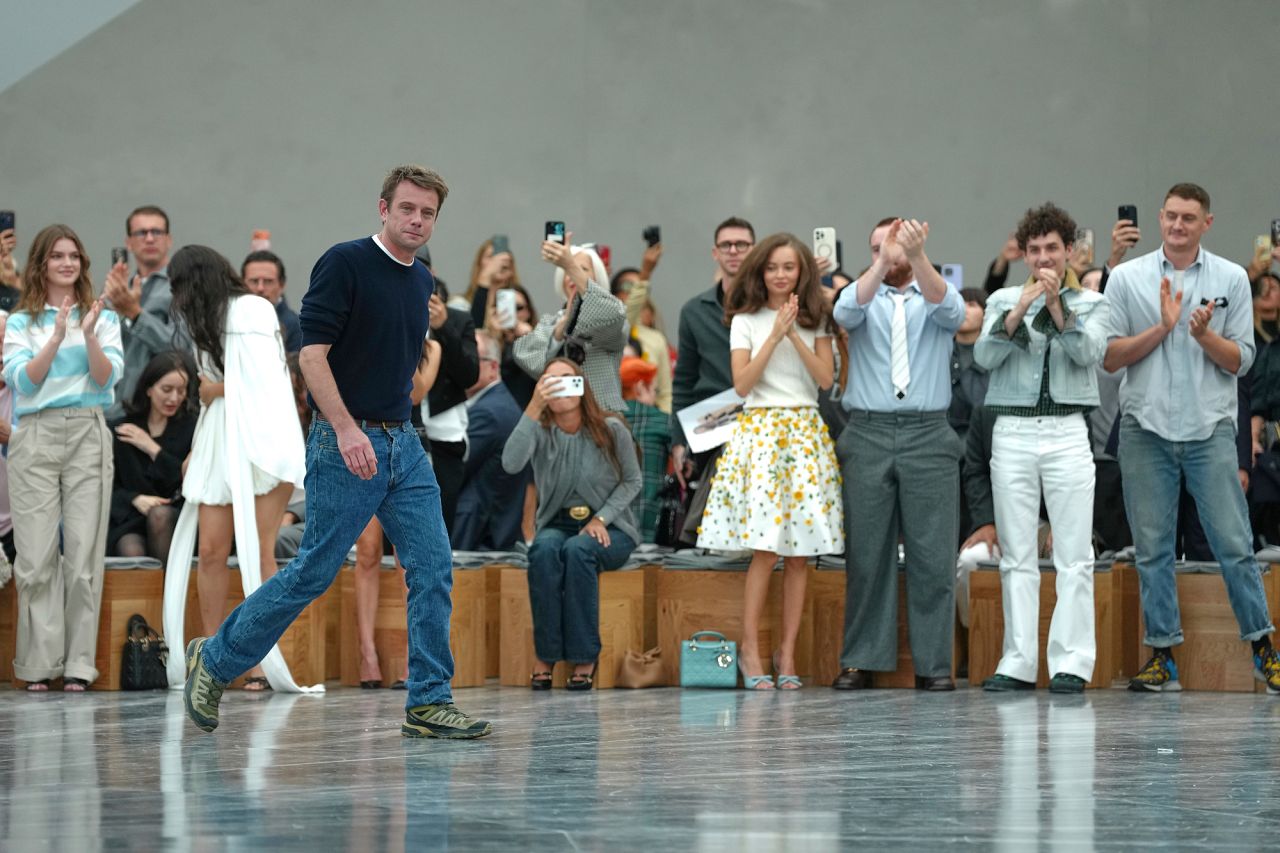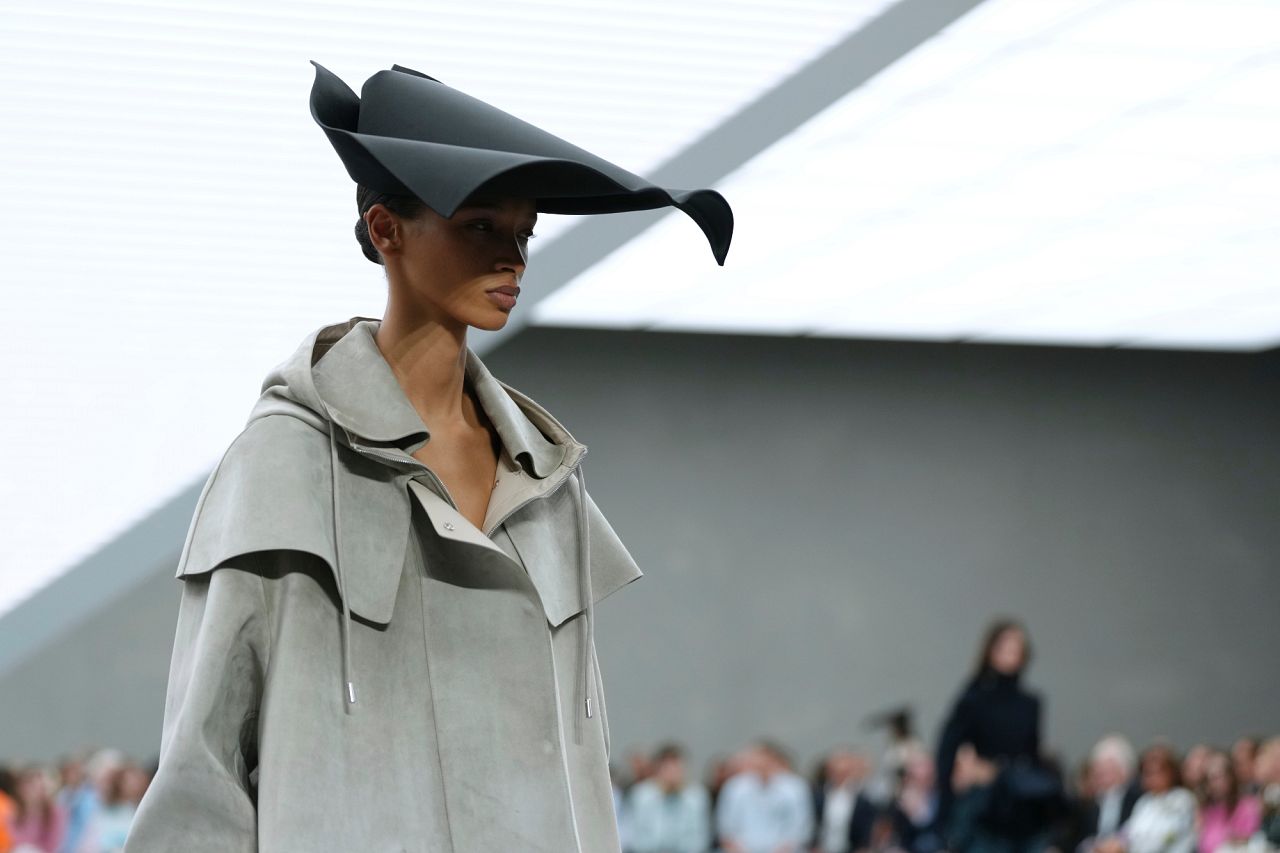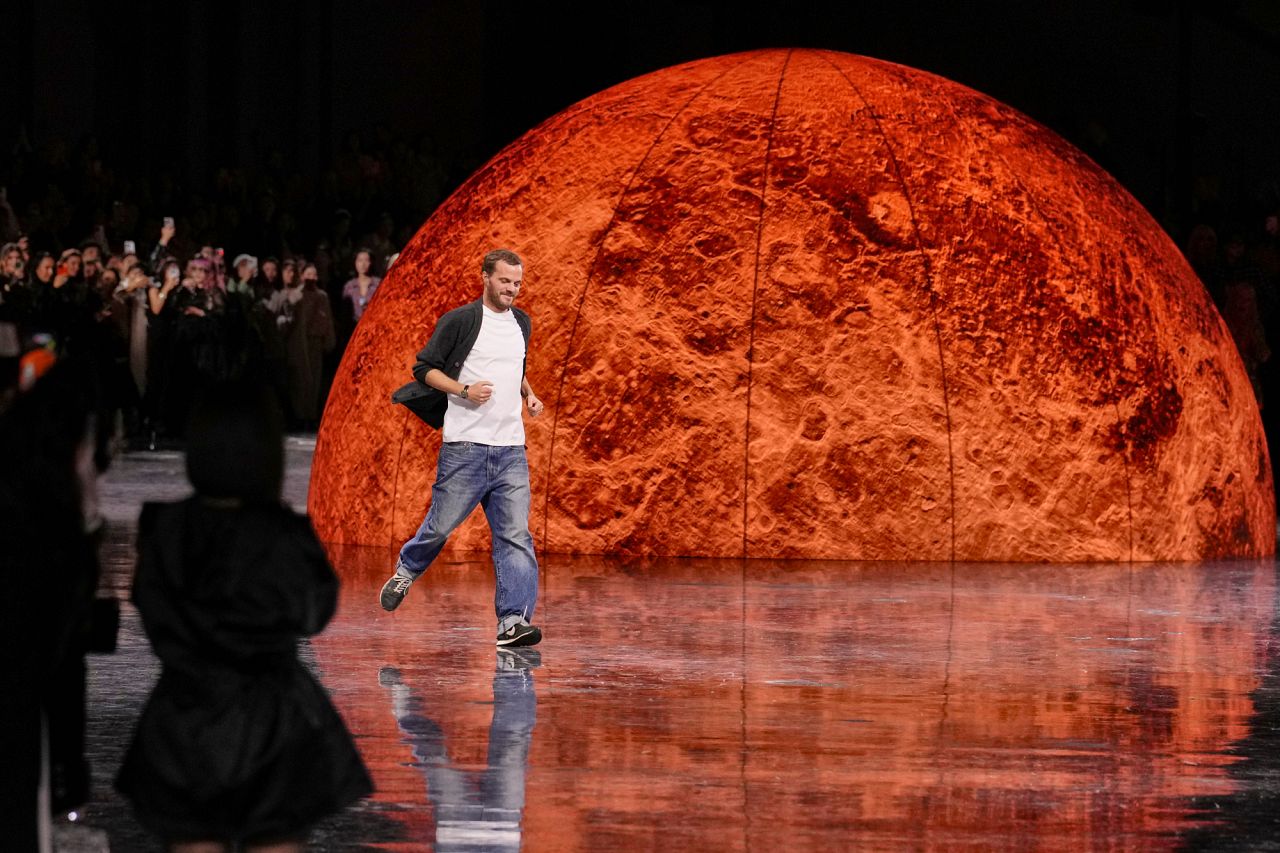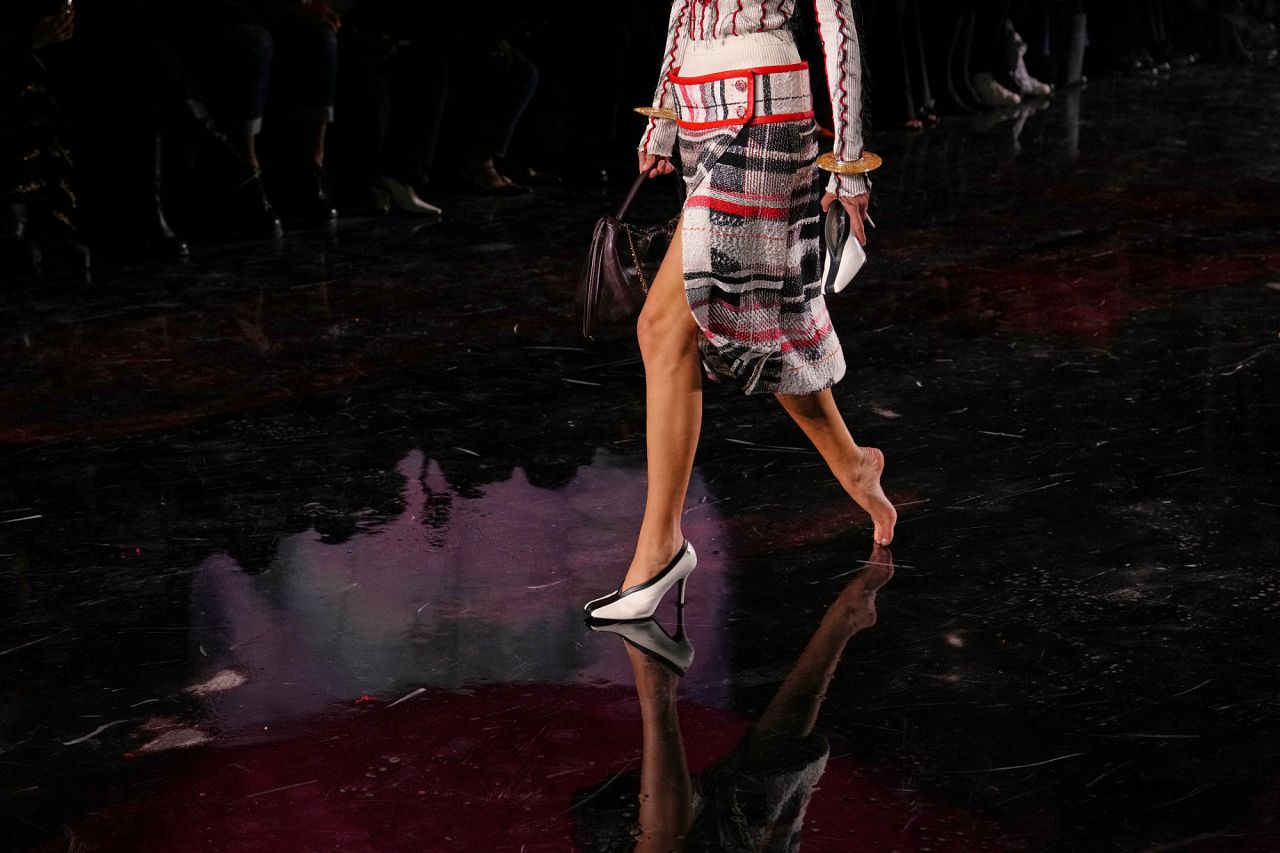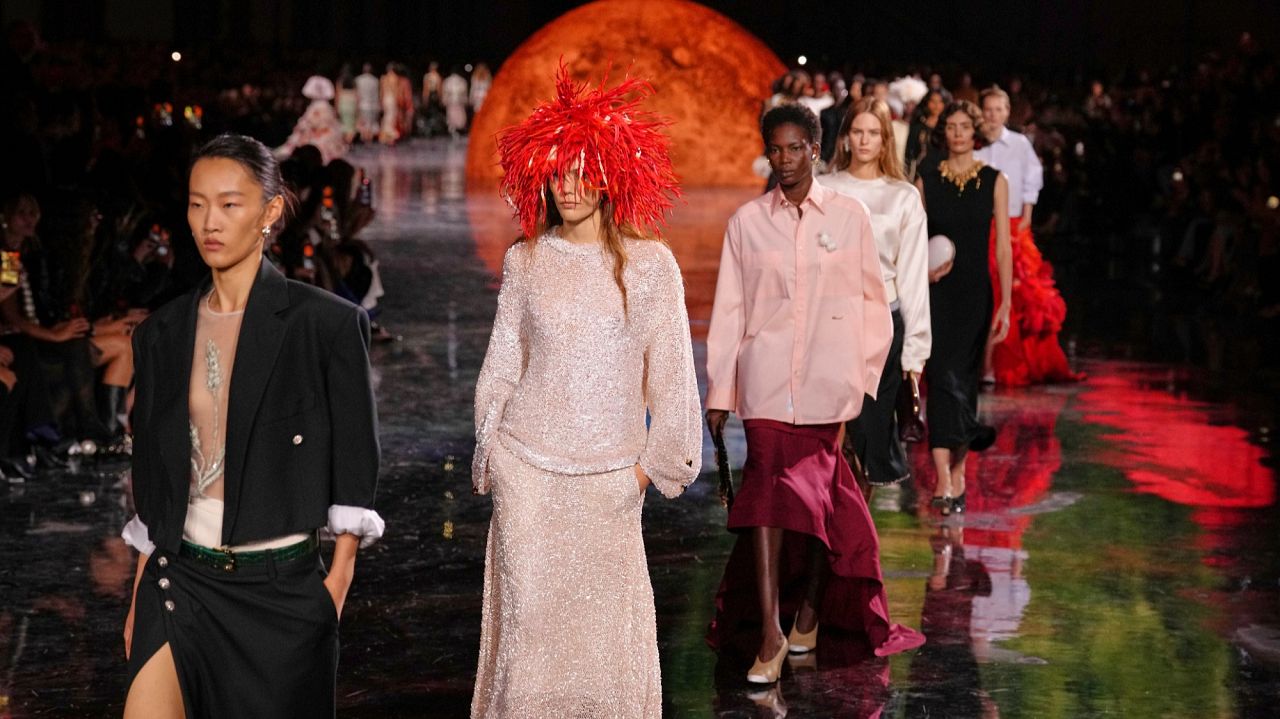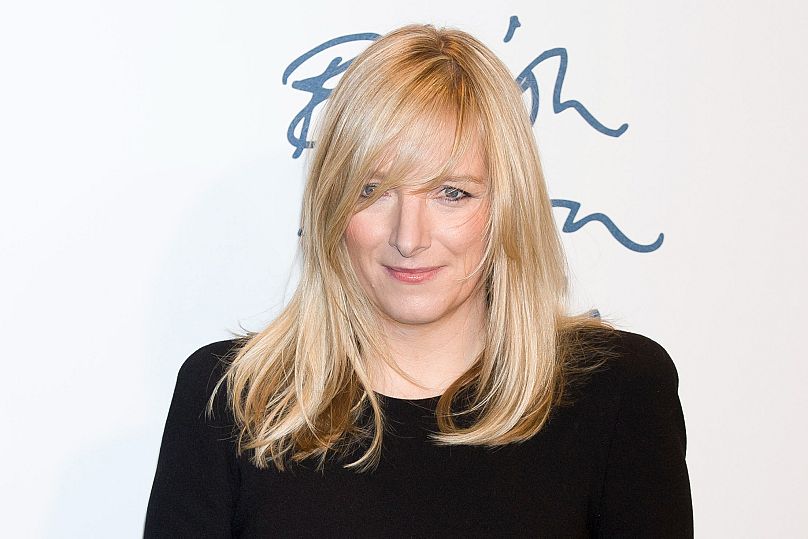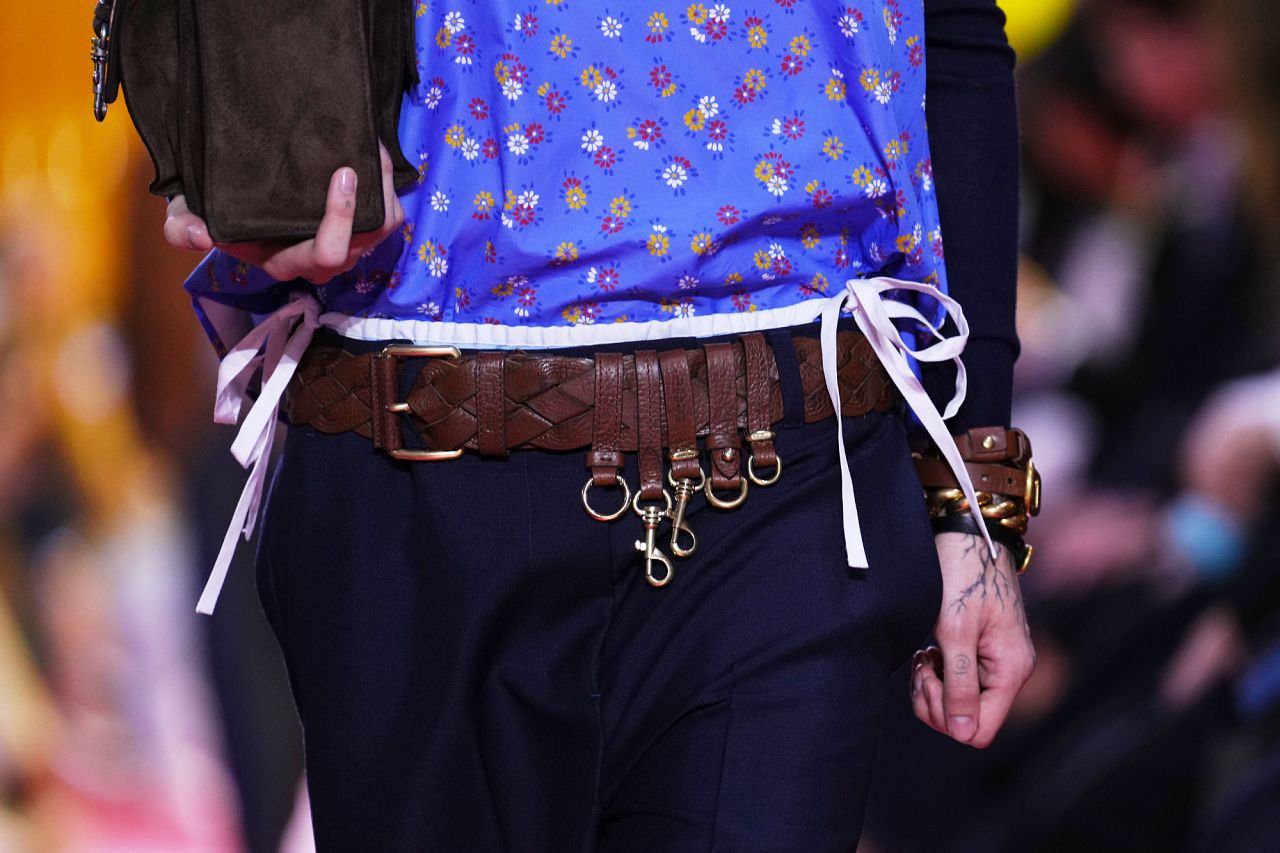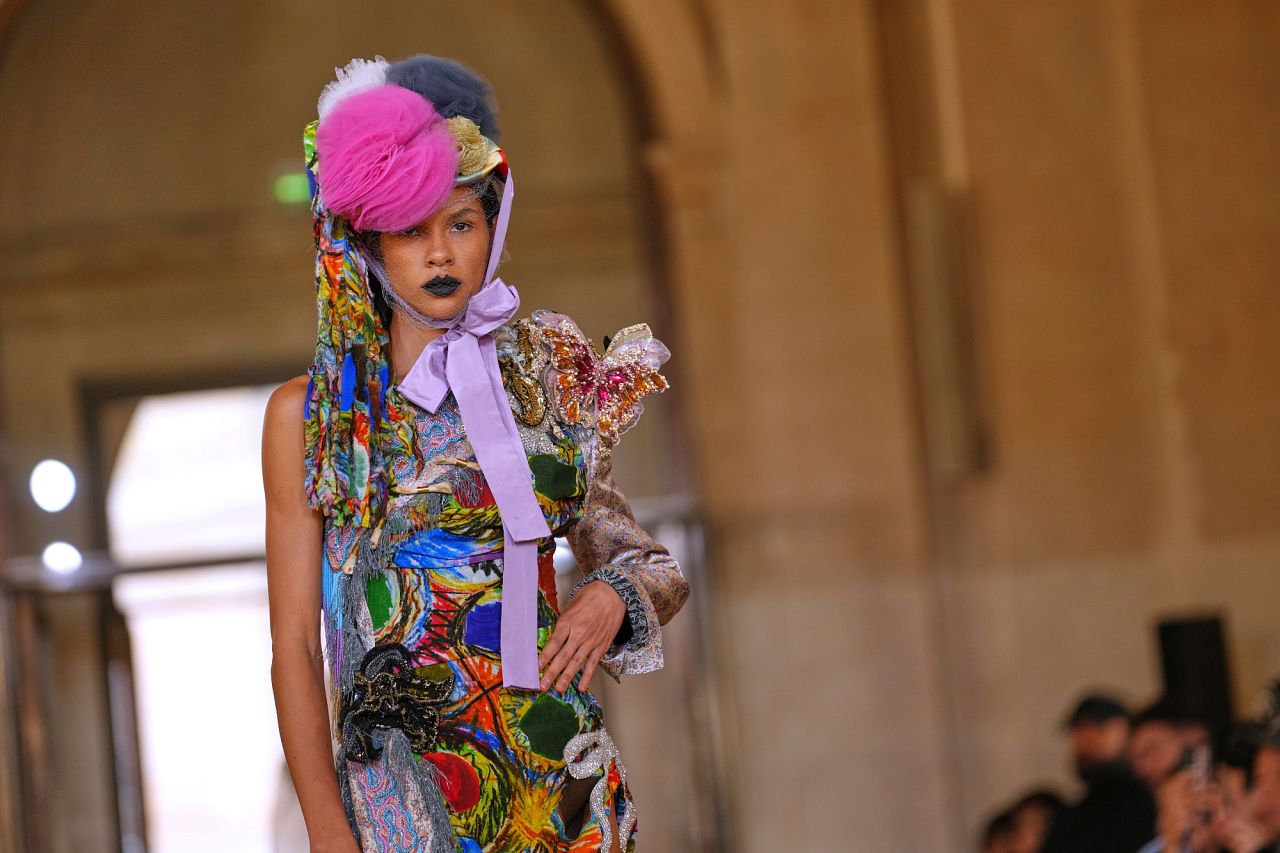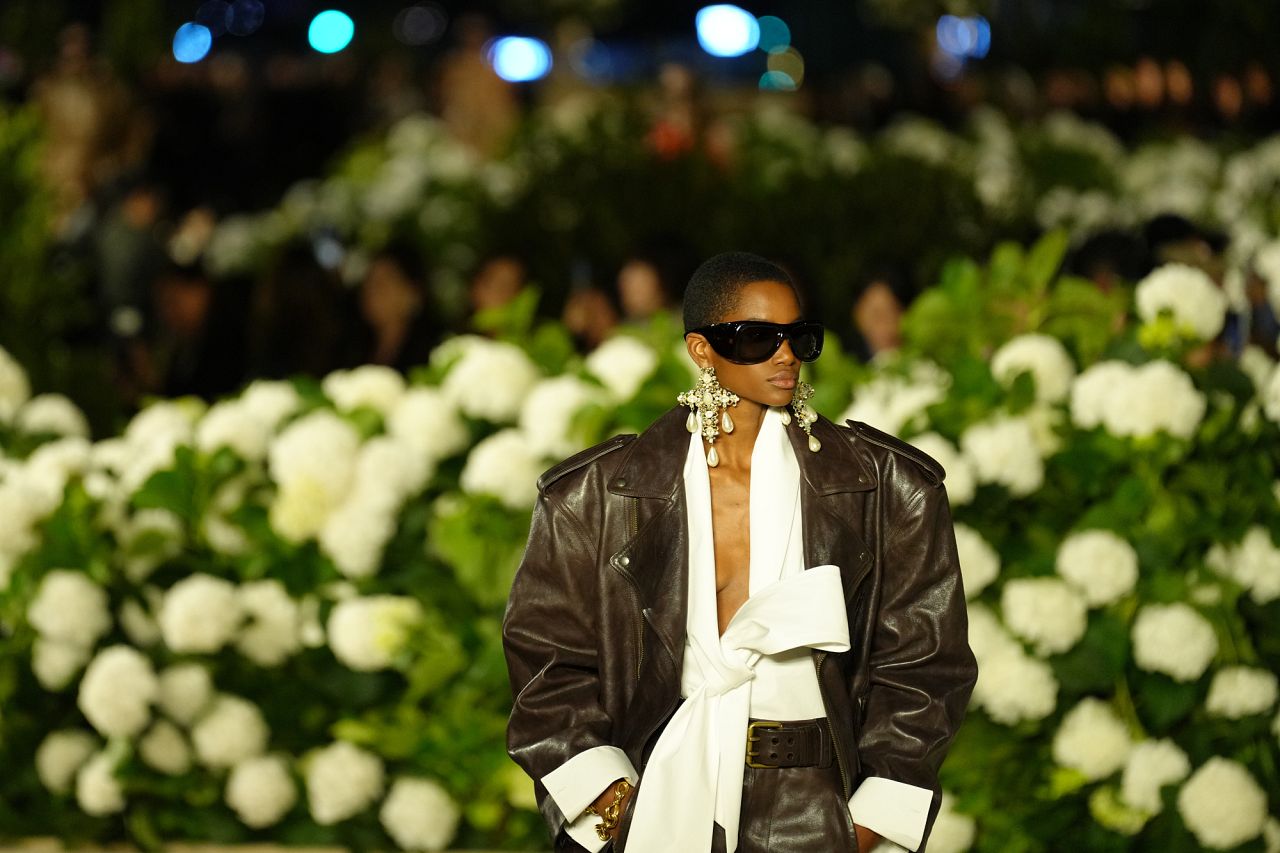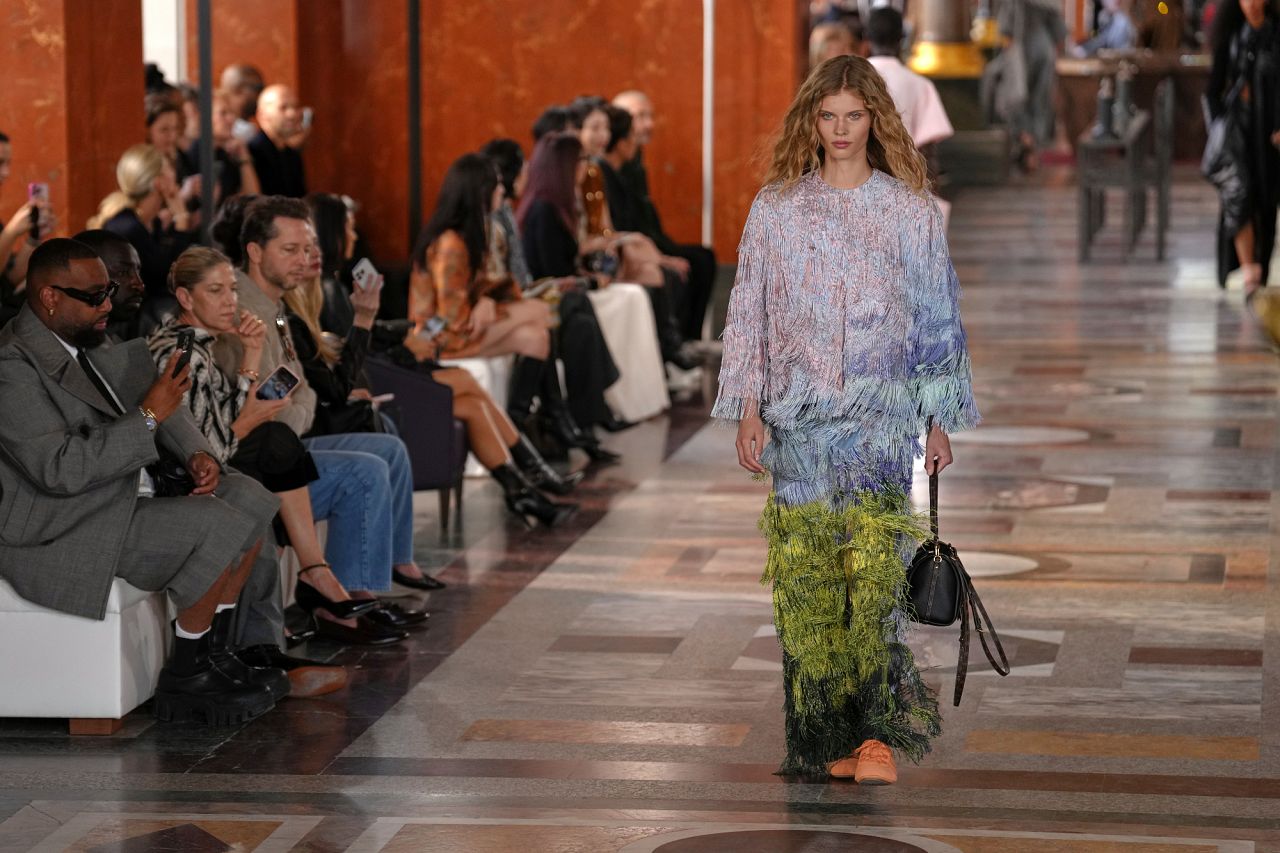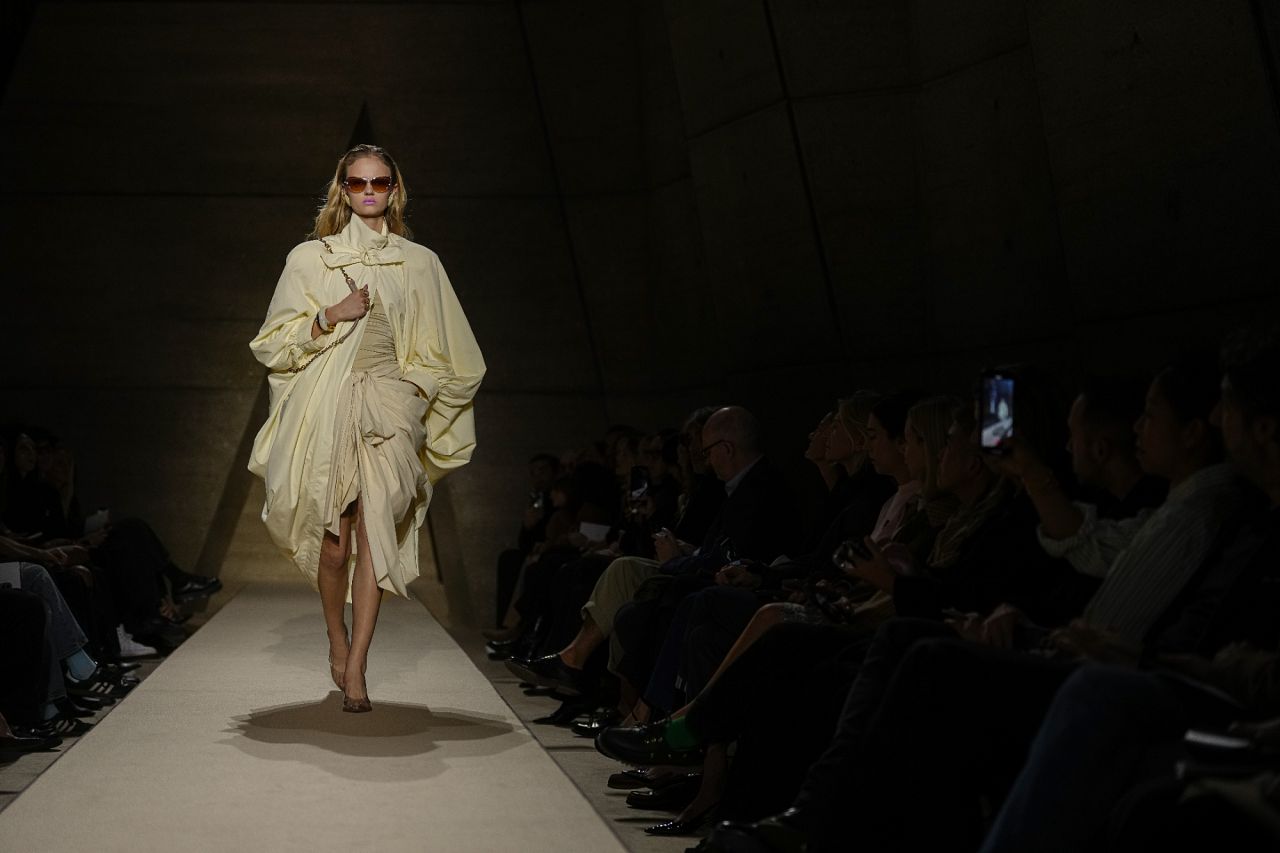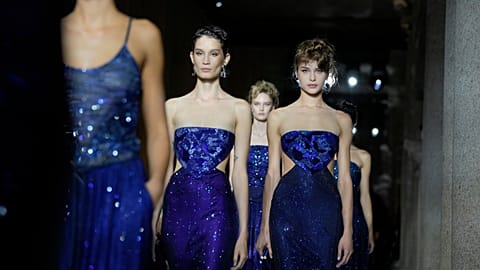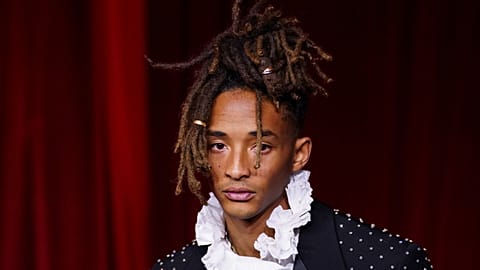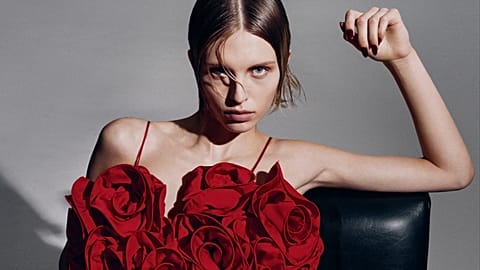Paris, the city of love and light, left its mark on the fashion world this week in more ways than one. Dazzling debuts from designers at new maisons were filled with vibrations in the air, the shimmering of fabrics, the gentle patter of models' footsteps and half-whispers from behind the runways.
This time, the flame of creativity was lit where many fashion houses were already feeling the fatigue. As many as eight brands presented debut collections under the wings of new artistic directors - fresh blood in the downtown haute couture hustle and bustle.
Some arrived with bold ideas, others with a sense of having to redefine themselves - and in this confrontation of old and new narratives, something emerged: a breath of renewal for brands, but without abandoning their heritage.
Stella McCartney served up her most sustainable vision yet - 98% of the materials were ethically sourced, and the show opened with Helen Mirren reciting the Beatles' 'Come Together'. It's a manifesto: luxury can be conscious, and chic can be responsible.
Courrèges, on the other hand, opted for the saturated minimalism of the future - helmeted veils, monolithic silhouettes that seem to protect and provoke at the same time.
Dior: the new to the old, the old to the new
A new chapter in Dior's history began to be written by Jonathan Anderson, who, in his debut womenswear collection, showed that creativity can be an homage to the past and a step into the future at the same time.
The classic bar jacket silhouette was translated into new proportions - looser, softer. Structured coats contrasted with ephemeral fabrics.
The whole thing was shown in the Tuileries gardens, where the opening film of the presentation built up the tension between history and the future. This is contemporary Dior: less sentimental, more conscious. Heritage as a starting point, not a point of entrapment.
In Chanel's orbit
Matthieu Blazy's debut show for Chanel during Paris Fashion Week was not an attempt to prove anything - it was a gesture.
In a space suspended somewhere between space and dream, amidst mirrored reflections and suspended planets, Blazy presented a collection that did not so much quote the archive as have an intimate conversation with it.
The tweed appeared soft, the camellias were not a symbol, but a fleeting memory on the cuff or collar.
The silhouettes elongated, relaxed, casual, and the accessories - especially the irregularly shaped metallic bags - looked as if they had been created in motion.
It was Chanel stretched between structure and dream, between material memory and a vision that needs no manifesto.
Givenchy: Sarah Burton and the memory of fabric
One of the quietest but biggest highlights of the week was Sarah Burton's return to the catwalk - this time as Givenchy's new creative director. Her debut was a nod to craftsmanship, form and femininity understood as complexity.
Burton found inspiration in the archives - including blanks from 1952 - found during the renovation of the atelier. The result was a collection with strong lines, with delicate layers of tulle and ruffles, showing that classic doesn't have to be boring and that nostalgia doesn't mean stagnation. Particular attention was paid to the details: raw finishes, exposed seams, accessories made from recycled materials.
The show took place in a historic atelier, where guests sat... on stacks of old die-cut envelopes. Symbolic and powerful. Burton showed that fashion can be quiet and yet loud - elegant but full of personality.
Balenciaga is regaining its voice: Piccioli charts his own vision of freedom
What was once controversial and provocative is now turning into a quiet statement. Pierpaolo Piccioli is resurrecting Balenciaga without the sleeves of tight forms: dresses-cocoons, coats that treat the body as a space rather than a contour.
It's not rebellion, it's the subtlety of revolution.
Colours, structures, the power of lines
From season to season there is a move away from pale blue, safe tones - now purples, oranges, greens scream.
At Saint Laurent, Anthony Vaccarello closed the fashion week with a play of colours and silhouettes - distinctive, determined, different.
Hermès did not spare the leather - literally. Equestrian fragments, saddle motifs, craftsmanship was very much in the foreground.
Louis Vuitton was also provocative at times - classic and futuristic collided in the lounges, while Pharrell Williams' personal cultural tropes were evident in urban and streetwear accents.
Less is more - the role of intimacy and detailing
In the age of glamour, someone called out: "Less! Rei Kawakubo and Comme des Garçons showed that there is strength in small forms - intimate shows, modest spaces, craftsmanship displayed like jewellery.
This was not a denial of spectacle, but a new definition of it.
Paris Fashion Week 2025 was a show of contrasts. We move from demonstration to micro-gesture, from spectacle to manifesto, from scandal to quiet strength. It's a season where fashion prays to two deities - innovation and authenticity - and tries to reconcile them.
What will remain after such contrasting displays? Not spectacular gowns, but a story of conscious design. Not gestures or largesse, but small touches. Not extravagance, but the boundary between artist and wearer.

